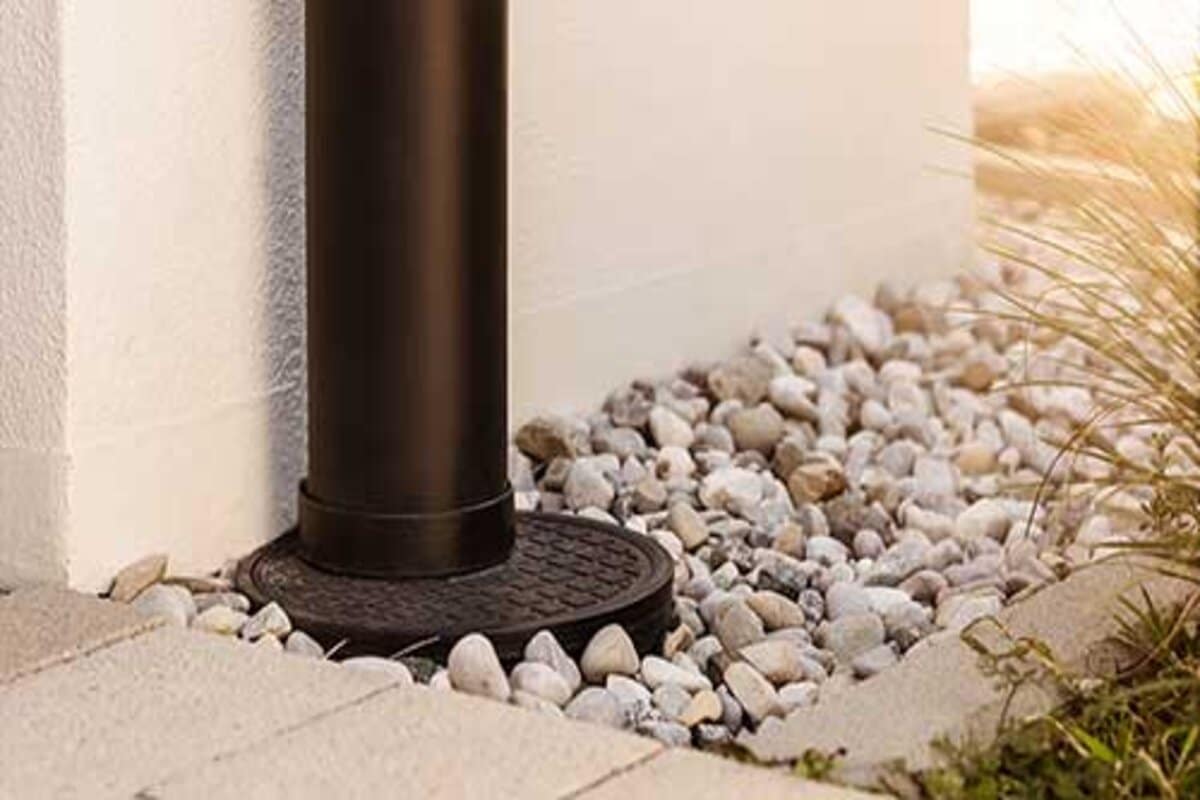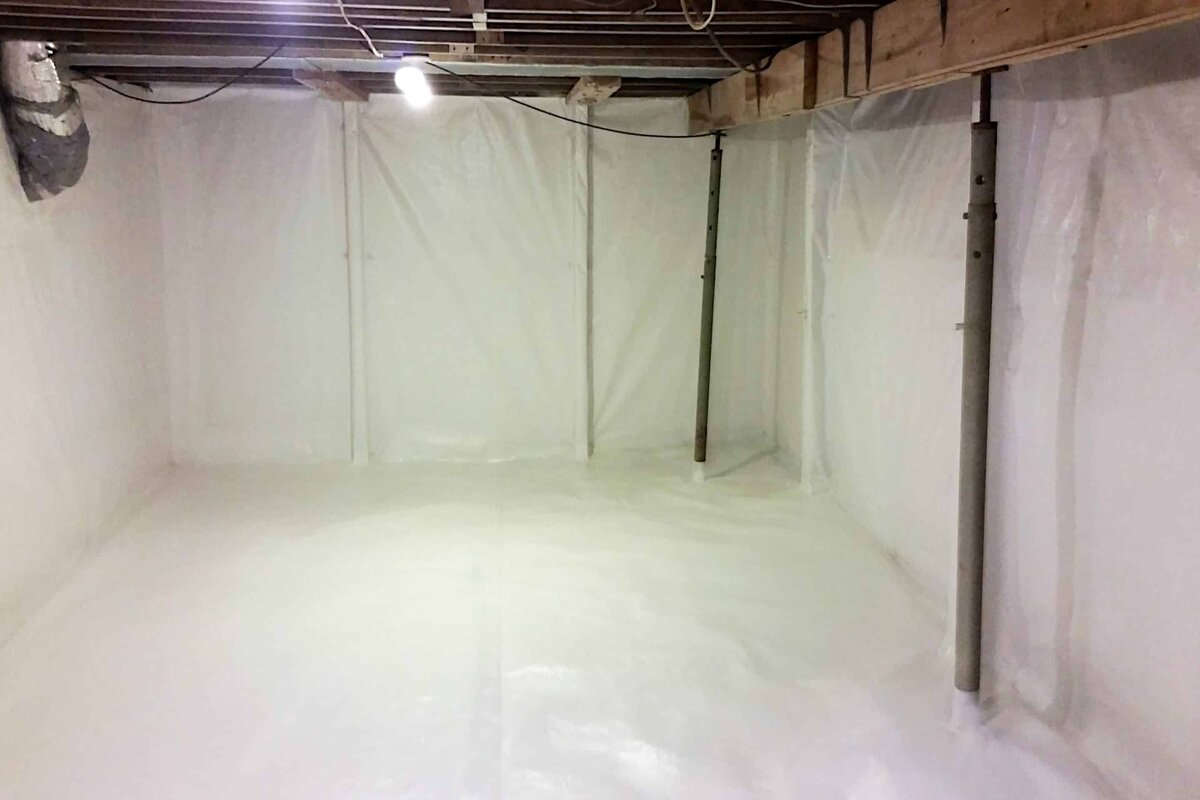A vented crawl space can create more problems than you might expect. If left uninsulated, it can become a breeding ground for mold, pests, and moisture damage. Worse, about 60% of the air you breathe inside your home originates from the crawl space, meaning poor conditions below can lead to serious air quality issues above.
The best way to protect your crawl space—and your home—is through encapsulation. This process not only insulates the crawl space but also controls moisture, prevents mold growth, and enhances air quality. In this guide, we’ll take you through how to properly insulate a vented crawl space and why hiring professionals like Foundation 1 ensures long-lasting results.
Benefits of Insulating a Crawl Space
Encapsulating and insulating your crawl space offers several key benefits, including:
- Moisture Control: Prevents damp conditions that lead to mold and structural damage.
- Improved Air Quality: Reduces airborne pollutants and allergens inside your home.
- Energy Efficiency: Helps regulate temperatures and reduces heating and cooling costs.
- Increased Usable Space: Converts a non-functional crawl space into a clean, dry storage area.
- Pest Prevention: Creates a barrier against rodents and insects that thrive in damp environments.
Steps to Insulate a Vented Crawl Space
1. Install a Drainage System
Before adding insulation, it’s critical to address any water issues. A proper drainage system directs moisture away from the foundation, keeping the crawl space dry.
- Perimeter Drain System: This runs around the inside of the crawl space, collecting water and directing it to a sump pump.
- Sump Pump Installation: Pumps out collected water, preventing standing water and mold growth.
2. Apply a Vapor Barrier
A vapor barrier is one of the most effective ways to prevent moisture from seeping into the crawl space. This heavy-duty membrane covers the ground and walls to block humidity and water vapor from rising.
- Antimicrobial Material: At Foundation 1, we use high-quality vapor barriers that resist mold growth and last longer than lower-grade alternatives.
- Full Encapsulation: The vapor barrier is secured and sealed at all edges to ensure maximum effectiveness.
3. Insulate Crawl Space Walls and Floor
With the drainage system and vapor barrier in place, the next step is insulation. Unlike old-school fiberglass insulation, which absorbs moisture and deteriorates, we use non-permeable, fiber-reinforced insulation that remains effective for years.
- Wall Insulation: Sealing the crawl space walls reduces heat loss and prevents cold floors above.
- Floor Insulation: Adding insulation to the ground further enhances energy efficiency and comfort.
4. Improve Air Circulation and Seal Off Vents
Since vented crawl spaces allow humid air to enter, sealing vents is essential. This prevents outside air from affecting internal conditions and eliminates condensation issues.
- Seal Crawl Space Vents: Blocks moisture-rich air from entering.
- Dehumidifier Installation (Optional): If extra humidity control is needed, a dehumidifier can help maintain optimal air quality.
Why Quality Materials Matter
Not all crawl space encapsulation materials are created equal. Some companies use cheap, brittle materials that crack and fail within a few years, leading to recurring issues. At Foundation 1, we use:
- Durable, antimicrobial vapor barriers that resist mold and mildew.
- Reinforced, fiber-backed insulation that won’t deteriorate over time.
- High-quality sump pumps and drainage systems designed to handle moisture effectively.
Choosing the right materials ensures your crawl space remains insulated, dry, and problem-free for years to come.
Air Quality and Your Home
A poorly insulated crawl space can have a significant impact on indoor air quality. Since a large percentage of your home’s air comes from the crawl space, any moisture, mold, or pollutants present can spread throughout your home.
Encapsulation helps eliminate musty odors and airborne contaminants, providing cleaner, healthier air for your family.
In Summary
Properly insulating a vented crawl space is essential to maintaining a dry, energy-efficient, and healthy home. Encapsulation involves installing a drainage system, applying a vapor barrier, insulating walls and floors, and sealing off vents. Using high-quality materials and professional installation ensures long-lasting protection.
If you want to eliminate moisture problems, improve air quality, and create a usable storage space, contact us today. Our team at Foundation 1 specializes in crawl space encapsulation, and we’re ready to help you protect your home.




